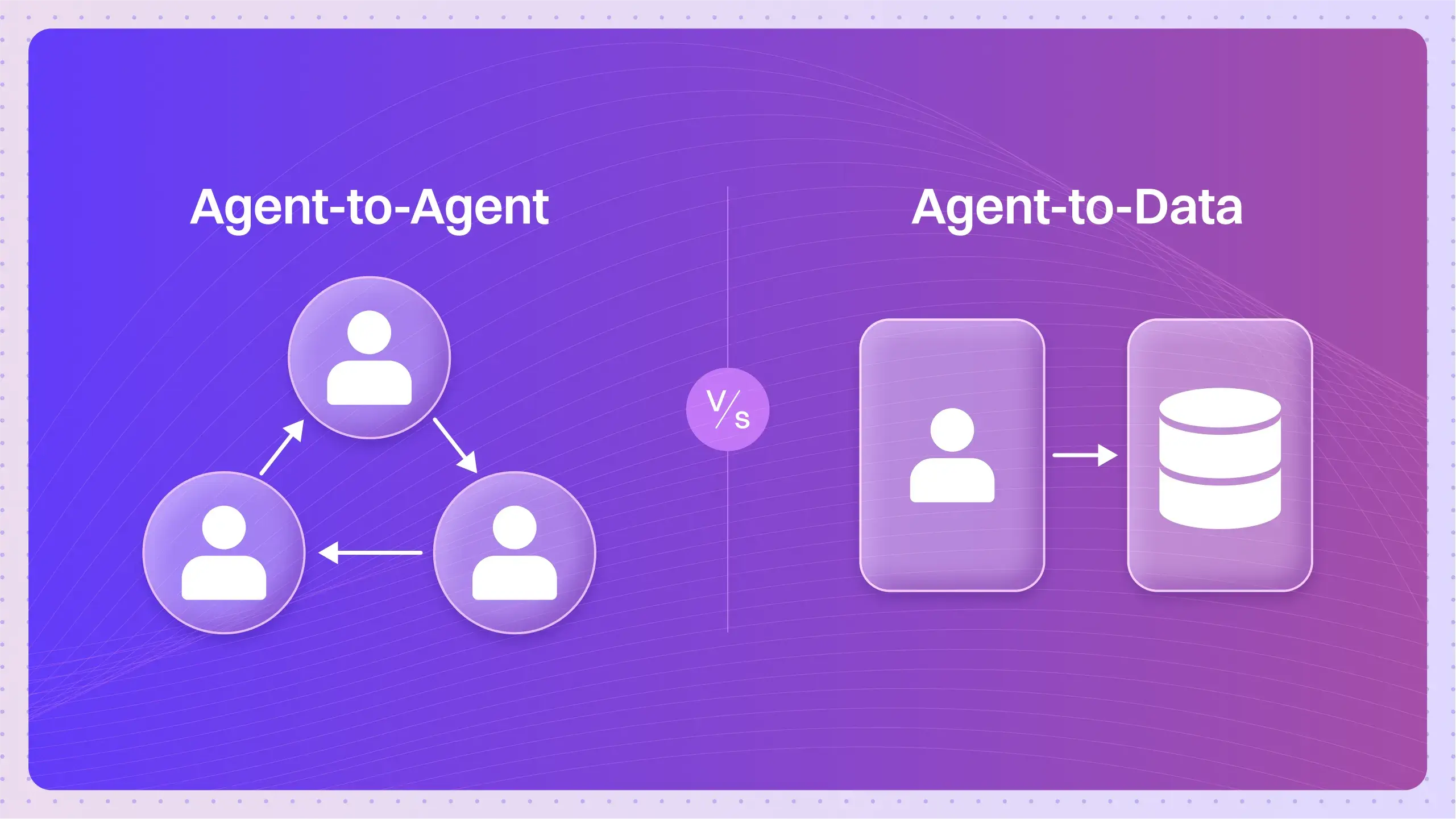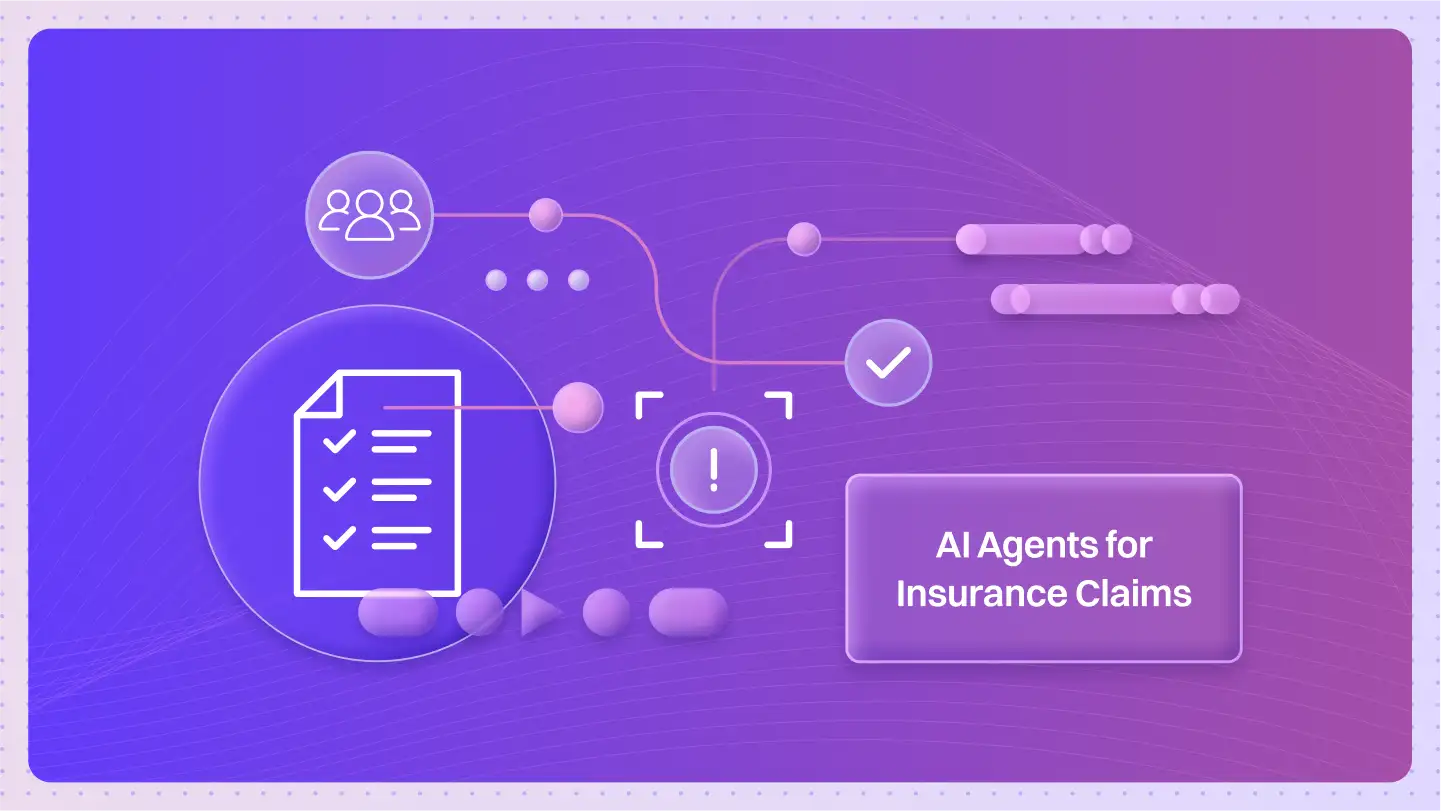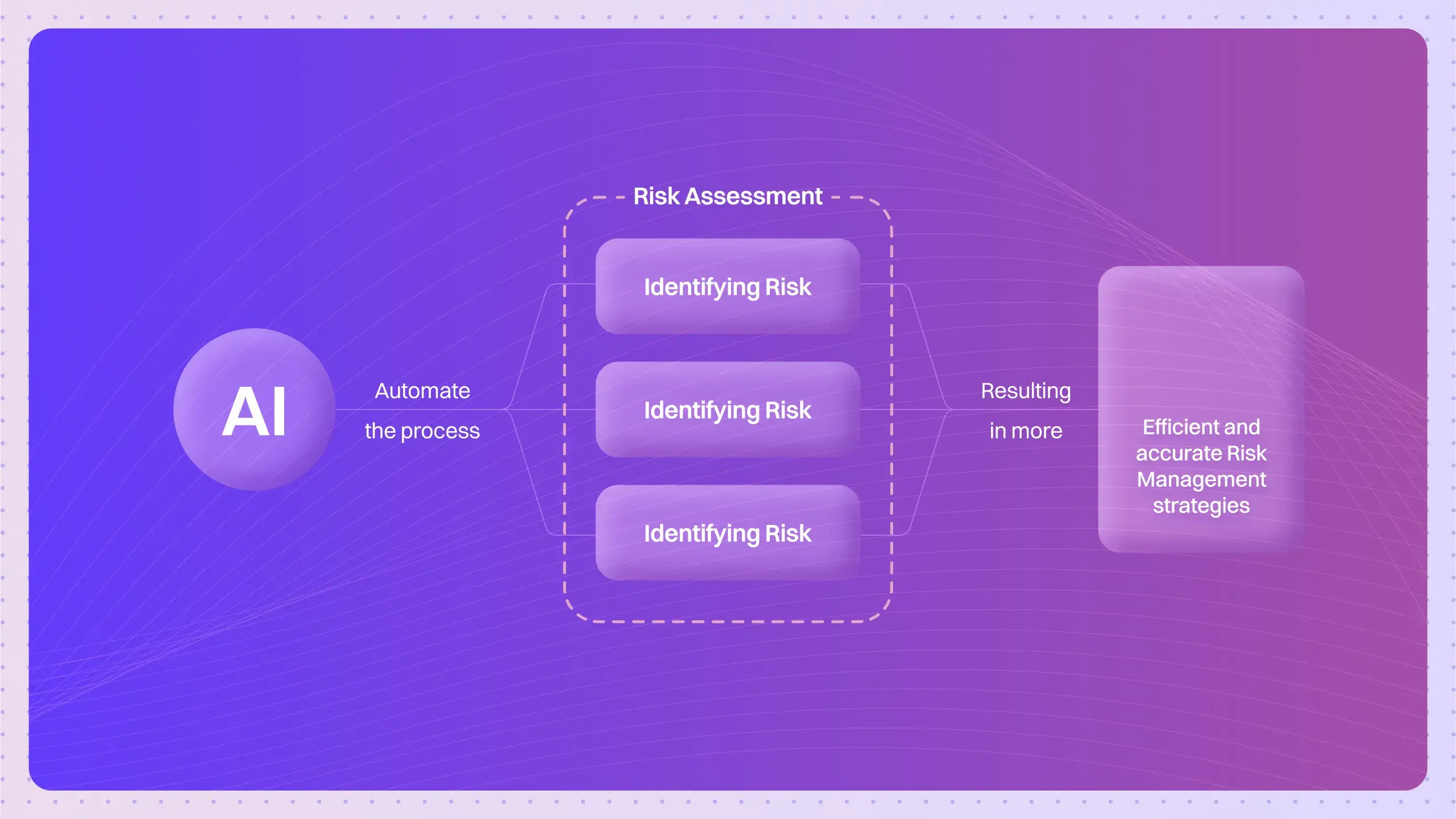Not all data is created equal, so why process it with a one-size-fits-all pipeline?
Hybrid Flow AI Architecture refers to a system design for AI where the architecture integrates multiple processing pathways, intelligently steering data and tasks through the optimal flow based on the nature of the input, task, or problem. This allows for both adaptability and efficiency, as the system dynamically selects the best available resources and processes to handle specific situations.
Think of it like an advanced metro system.
You don’t just have different lines going to various destinations.
The system itself can dynamically change routes and the speeds of trains depending on traffic, emergencies, or special events.
This ensures passengers reach their destinations in the most optimal way possible.
This architecture is a direct response to the complexity of the real world, where a single, rigid approach to problem-solving is bound to fail.
What is Hybrid Flow AI Architecture?
It’s an AI system with a built-in traffic controller.
Instead of a single, monolithic model that processes everything the same way, a hybrid flow system is composed of multiple specialized modules or pathways.
The core innovation is a routing mechanism.
This “brain” of the system analyzes incoming information and decides the best route for it to take.
An image might be sent to a vision-processing module.
Text gets sent to a natural language processing module.
Complex problems might have their data routed through several modules in a specific sequence.
It’s about building an AI that can intelligently orchestrate its own internal resources.
How does Hybrid Flow AI Architecture improve upon traditional models?
It’s the difference between an assembly line and a master workshop.
Traditional AI Architecture:
- Follows a linear, fixed pathway for all data.
- Uses a one-size-fits-all approach, regardless of input complexity.
- Struggles with diverse, multi-modal data (like video with audio and text).
Hybrid Flow AI Architecture:
- Employs a dynamic routing system to choose from many potential pathways.
- Analyzes inputs to select the most efficient processing route.
- Excels at handling heterogeneous data by sending different data types to specialized modules.
A traditional system might try to use a hammer on a screw.
A hybrid flow system recognizes it’s a screw and grabs the right screwdriver from its toolbox.
What technical mechanisms enable efficient hybrid flow?
It takes more than just having multiple tools; you need an intelligent operator.
Several key components make these dynamic systems work:
- Dynamic Neural Routers: These are the traffic controllers. They are small, efficient neural networks that inspect incoming data and decide which processing pathway it should follow.
- Modular Neural Networks: The system is built from distinct, specialized modules. You might have a module for image recognition, another for language understanding, one for symbolic reasoning, and another for statistical analysis. They can be turned on or off as needed.
- Meta-Controllers: This is the high-level manager. A meta-controller oversees the entire system’s operation, making strategic decisions about how to configure pathways for a new or complex task.
- Adaptive Resource Allocation: This component acts like a logistics manager, dynamically assigning computational power (like CPU or GPU resources) to the pathways that are currently active, ensuring nothing goes to waste.
What are the key challenges in creating Hybrid Flow systems?
Building an intelligent orchestra is much harder than building a single instrument.
- Routing Complexity: Training the neural router is a major challenge. It has to learn the incredibly complex task of knowing which tool is right for which job, and it must do so with speed and accuracy.
- Integration Hell: Making different specialized modules talk to each other seamlessly is difficult. The output of a vision module needs to be in a format that a reasoning module can understand.
- Training Instability: You aren’t just training one model; you are training a system of models that must learn to cooperate. This can be computationally expensive and unstable.
- Bottlenecks: A poorly designed flow can create traffic jams. If the router sends too much work to one module, the entire system can slow down, defeating the purpose of efficiency.
How do Hybrid Flow systems adapt to various data inputs?
They follow a dynamic “analyze-route-process-integrate” cycle.
- Analyze: When new data arrives, the Dynamic Neural Router inspects it. It looks for key characteristics: Is it an image? Text? A table of numbers? A combination of all three?
- Route: Based on this analysis, the router selects an initial processing pathway. It might activate the vision module and the language module simultaneously.
- Process: Each specialized module does its job on the data it receives. The vision module identifies objects, while the language module extracts key phrases.
- Integrate: The outputs from the active modules are collected. A final component, or the Meta-Controller, integrates these partial results into a single, coherent output or decision.
This cycle happens for every piece of data, ensuring a custom-tailored processing journey.
What industries benefit most from Hybrid Flow AI Architecture?
Any field dealing with complex, multi-faceted, real-world data.
- Healthcare AI: A diagnostic system can route patient history (text) to an NLP module, MRI scans (images) to a vision module, and lab results (tabular data) to a statistical analysis module, then integrate the findings for a comprehensive diagnosis.
- Autonomous Vehicles: A car’s AI must process data from cameras, LIDAR, and radar in real-time. A hybrid flow system routes each sensor’s data through its own specialized pipeline, then integrates the outputs to make critical driving decisions.
- Finance: A fraud detection system can analyze transaction data, user location, and historical behavior simultaneously. The hybrid architecture routes each stream of information through the most appropriate analysis model to flag suspicious activity instantly.
How is the performance of Hybrid Flow systems evaluated?
You can’t just measure accuracy; you have to measure intelligence and efficiency.
- Task Performance: The ultimate accuracy or success rate of the system on its final goal.
- Routing Efficiency: How well did the router choose its pathways? Did it send data to the right modules?
- Latency: How fast does the system produce a result? Poor routing can create delays.
- Resource Utilization: Is the system making efficient use of its computational budget? Or are some expensive modules running when they aren’t needed?
- Robustness: What happens if one module fails? A good hybrid system can dynamically re-route processing to bypass the problem, showing graceful degradation instead of a complete system crash.
Quick Check: Why wouldn’t a single pipeline work here?
Imagine an AI for an emergency room.
In one minute, it needs to analyze a chest X-ray.
The next minute, it needs to parse a doctor’s dictated audio notes.
The next, it must analyze real-time EKG data streams.
A traditional, single-pipeline system would be horribly inefficient. It would have to be a massive, bloated model that is a jack-of-all-trades and master of none.
A Hybrid Flow system, however, would instantly route the X-ray to its radiology image module, the audio to its speech-to-text module, and the EKG to its time-series analysis module. It uses the right tool for the job, every single time.
Drilling Down: Your Hybrid Flow Questions
How does Hybrid Flow ensure optimal routing for diverse data types?
The dynamic neural router is trained on a vast dataset where it learns to associate input characteristics with successful outcomes. Over time, it learns that inputs with certain pixel patterns are best handled by the vision module, while inputs with specific linguistic structures are best sent to the language module. It’s a learned, probabilistic decision-making process.
What’s the role of dynamic neural routers in adapting system pathways?
Their role is primary. They are the gatekeepers. In more advanced systems, these routers don’t just pick a path; they can also signal for the system to adjust parameters within that path based on the input. This means they are not just routing traffic but also providing hints on how to handle it.
Can Hybrid Flow systems be applied in real-time applications?
Absolutely. In fact, they are often better suited for real-time applications than monolithic models. By routing simple tasks through lightweight pathways, they can provide ultra-fast responses. They reserve the heavy, computationally expensive pathways only for the complex inputs that truly require them, leading to better average response times.
What strategies are used to balance computational load across pathways?
This is where Adaptive Resource Allocation comes in. The system monitors the queue and processing time for each module. If one pathway is becoming a bottleneck, the controller can spin up more computational resources for that module or even re-route less critical tasks to alternative, faster pathways to keep things moving.
How do Hybrid Flow architectures support modularity and scalability?
They are inherently modular. This makes them easier to upgrade and scale. If a new, better vision module is developed, you can simply swap out the old module without having to retrain the entire system. Need to add a new capability, like understanding legal documents? You can add a new, specialized module and teach the router when to use it.
Hybrid Flow AI Architecture is a fundamental shift in how we build intelligent systems.
It moves us from creating rigid, monolithic AIs to designing flexible, adaptive ecosystems of cooperating specialists.
This approach doesn’t just make AI more efficient; it makes it better equipped to handle the messy, unpredictable, and multi-modal nature of the real world.







